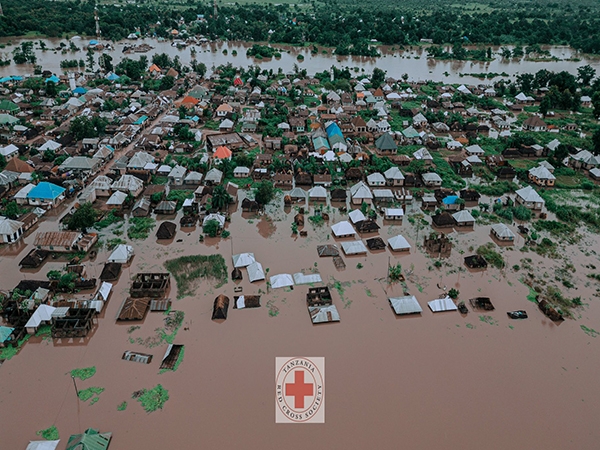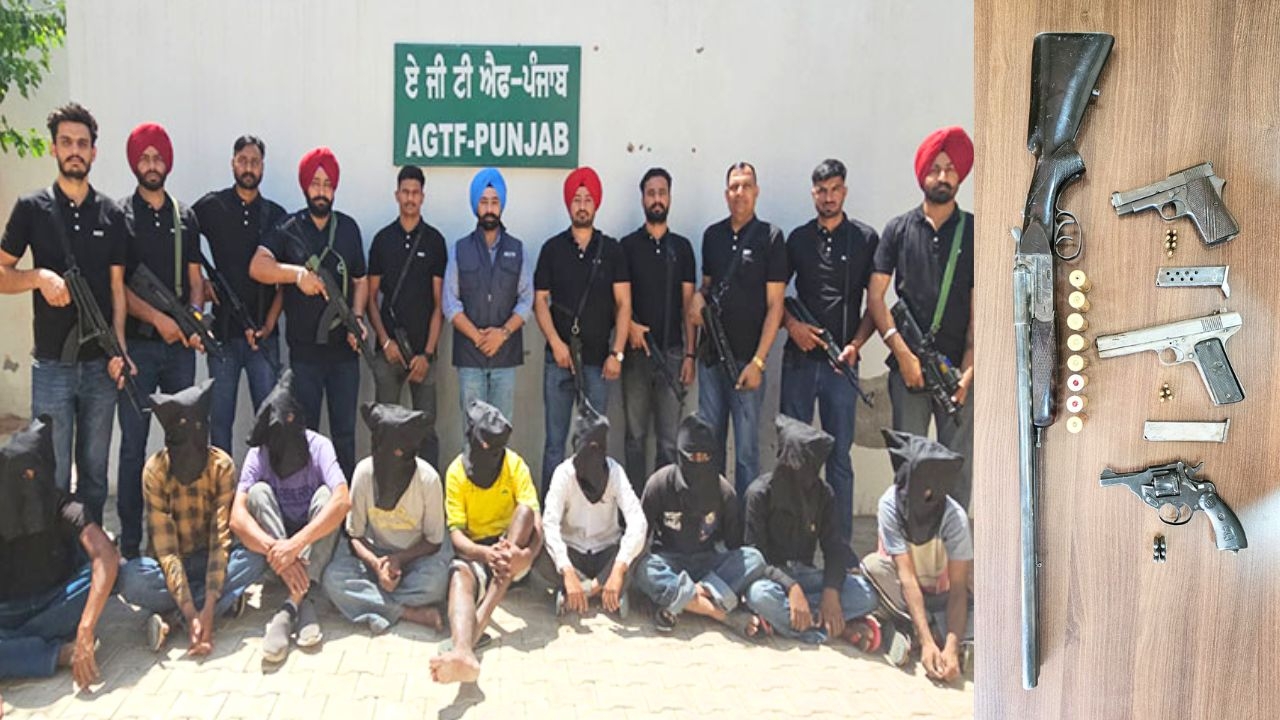Malnourished children still a problem for India, but things looking up
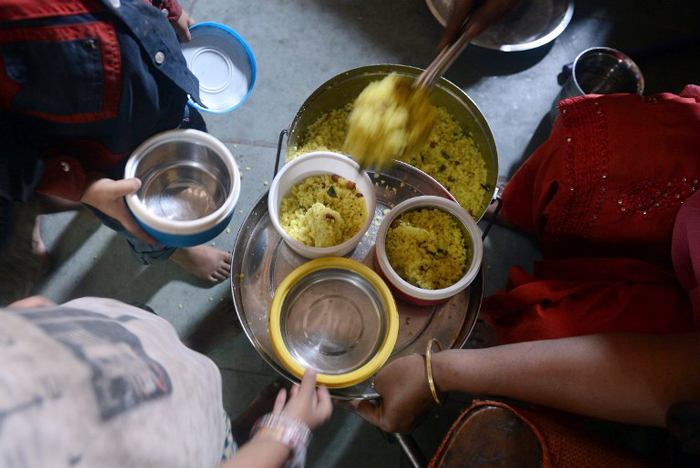
The problem
- About 39% of all children in India suffer stunted growth due to undernutrition
- Only 21.3% of children in the 6-35 month age group get food supplements from the govt
The ray of hope
- Between 2006 and 2014, stunting dropped from 48% of all children to 39%
- India is on track to meet 2 of 8 global goals on nutrition
More in the story
- What the experts say about India\'s problems and the positive indicators
- How Bill Gates and Ratan Tata\'s three-point plan is an excellent suggestion to curb undernutrition
In a recent article, business magnates-turned-philanthropists Bill Gates and Ratan Tata wrote on the importance of nutrition, and how it is key to unlocking every child's potential. Nutrition helps improve immunity, promises a healthy adult life and helps children grow to become more productive members of society, they said.
India has one of the worst nutrition rates in the world. But on Thursday, two reports - the India Health Report and the Global Nutrition Report were released in Delhi which showed that while there was still a lot of bad news the country had to deal with, there were a few rays of hope.
The bad news
- India continues to ignore the problem of undernutrition and its impact on child development. This puts the country at peril by risking large economic, health and social consequences for future generations.
- Even though the rates of stunted growth in children have decreased, data shows that 39% of all children in India are stunted. This means their immunity and the potential for a healthy adulthood are compromised.
- Only 21.3% of children between 6 and 35 months of age receive supplementary food under the government's Integrated Child Development Services programme, which provides food and free immunisation to children and antenatal care to mothers.
- In the states of Bihar, Jharkhand and Uttar Pradesh, rate of decline of stunted children was much lower than the national average.
The good news
- Between 2006 and 2014, stunting among children under the age of five dropped from 48% to 39%, almost double the rate of decline compared to the previous seven-year period.
- Though they still exceed levels observed in other countries with similar income levels, the overall stunting, wasting and underweight rates of India's children have declined in the last decade.
- The reports also conclude that India is on track to meet 2 of 8 global targets on nutrition. Its nutrition performance has improved significantly in the last 10 years.
Gates & Tata's nutrition proposal
- First, procuring and adopting key nutrition indicators and collecting relevant state-wise data every two or three years in order to monitor progress. They said the government had, for too long, used unreliable data for its nutrition programmes.
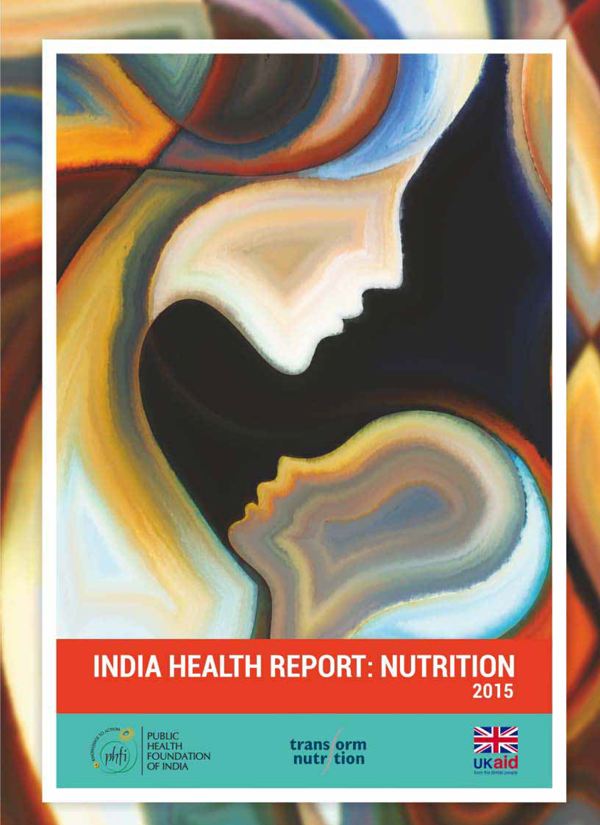
- Second, providing better nutrition and healthcare in the first 1,000 days between a mother's pregnancy and her child's second birthday. This would ensure that women and girls get the adequate nutrition they need.
- Third, increasing political will to prioritise programmes that can eliminate malnutrition, with the Central and state governments sharing responsibility with various sectors of society.
Expert comments
- "Even with recent impressive improvements, India's stunting problem represents the largest loss of human potential in any country in human history. If the population of stunted children in India were a single country, it would be the ninth-largest country in the world. - Ramanan Laxminarayan, professor at the Public Health Foundation of India, and co-author of the India Health Report
- "The report also highlights the critical relationships between indicators of women's status and nutrition, and this is an absolutely urgent area for action." - Purnima Menon, research fellow at the International Food Policy Research Institute and co-author of the India Health Report.
- "India's accelerated rate of reduction in under-5 malnutrition is not only good for Indian families and the Indian economy, but it is also good for the world." - Lawrence Haddad, senior research fellow at the International Food Policy Research Institute and co-author of the Global Nutrition Report.
Conclusion
The reports conclude that the rate of improvement of nutritional status has not kept pace with India's significant gains in economic prosperity and agricultural productivity during recent decades. Economic progress cannot, by itself, reduce undernutrition rates.
They urge India to establish specific and time-bound targets for malnutrition reduction, that are consistent with the new Sustainable Development Goals, something Gates and Tata also suggested.
India is on track to meet 2 of 8 global nutrition targets. Things have improved in the last 10 years
The one drastic misstep on this front was shutting down the National Nutrition Monitoring Bureau (NNMB), which was the only source of nutritional information from across two-thirds of the country, especially rural areas. No other database has similar information.
Its ex-chairman, B. Sesikeran, told Catch that the information helped the government assess its own schemes like Integrated Child Development Services and mid-day meal schemes.
Gates and Tata believe the government's proposed National Nutrition Mission will play a key role in strengthening work in the area of nutrition across different ministries and departments, to solve the problem of acute nutritional deficiencies.
More in Catch:
How Rajasthan's human milk banks are paving the way for India to save its babies
Corruption in AIIMS: whistleblower Sanjiv Chaturvedi intensifies fight with JP Nadda
Robots are so mainstream, we're now having sex with them. Say hello to the Sexbot
Unholy mess: why I cringed my way through Angry Indian Goddesses

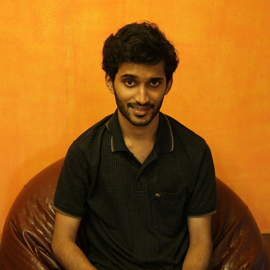





![BJP's Kapil Mishra recreates Shankar Mahadevan’s ‘Breathless’ song to highlight Delhi pollution [WATCH] BJP's Kapil Mishra recreates Shankar Mahadevan’s ‘Breathless’ song to highlight Delhi pollution [WATCH]](http://images.catchnews.com/upload/2022/11/03/kapil-mishra_240884_300x172.png)

![Anupam Kher shares pictures of his toned body on 67th birthday [MUST SEE] Anupam Kher shares pictures of his toned body on 67th birthday [MUST SEE]](http://images.catchnews.com/upload/2022/03/07/Anupam_kher_231145_300x172.jpg)





